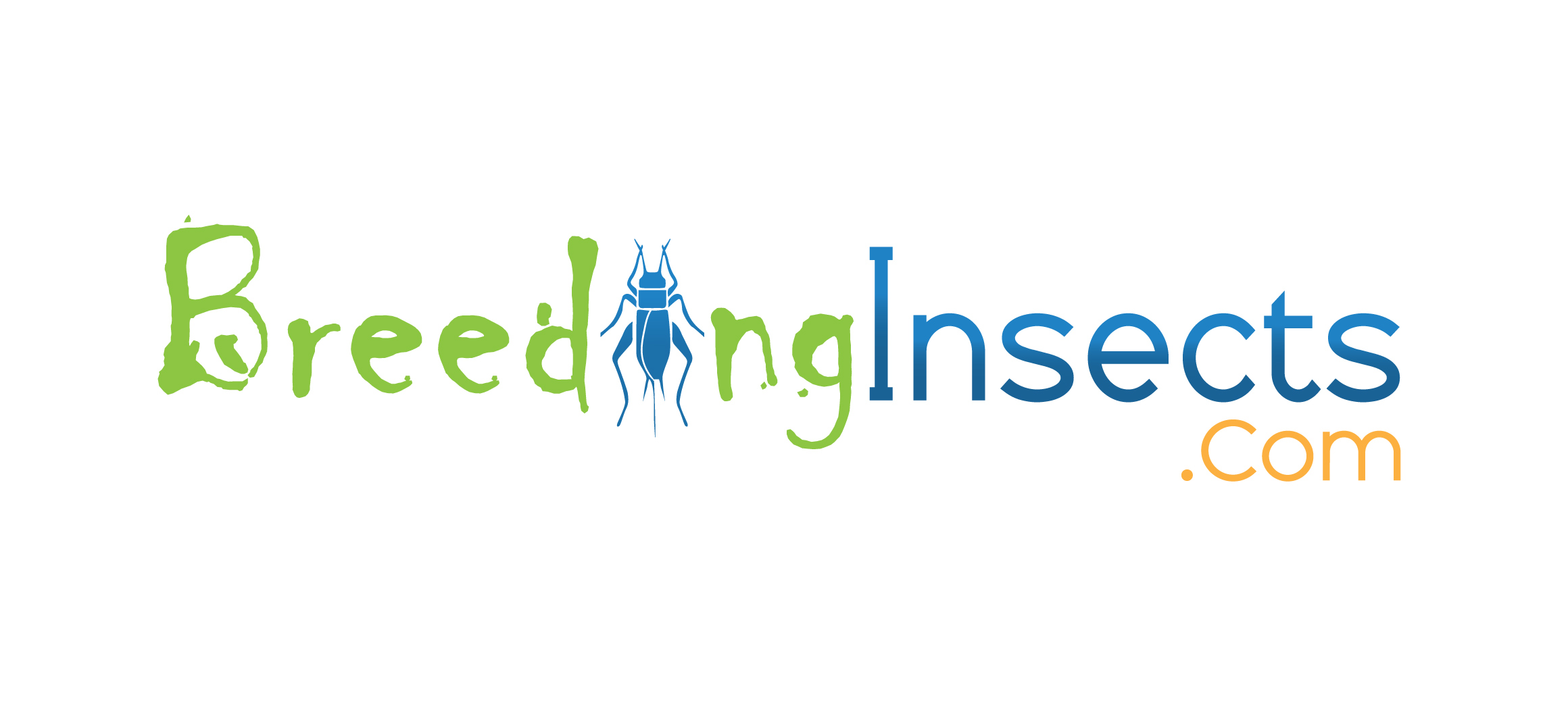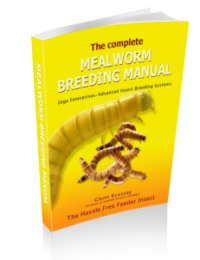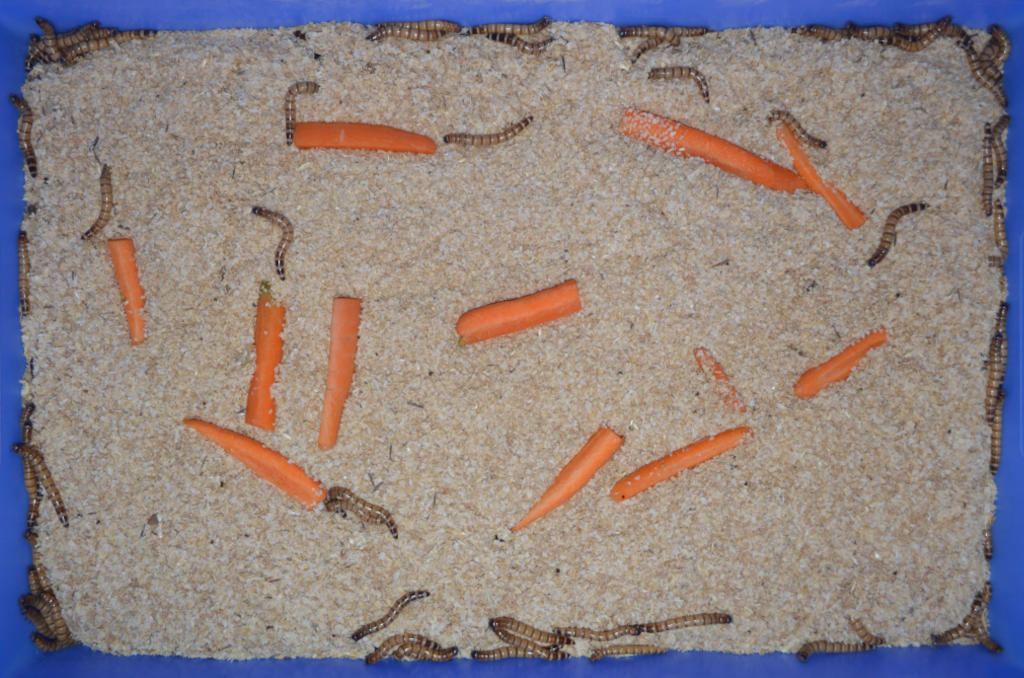Feeding Frequency
Over the years we have tried various feeding regimes including, chip size and frequency.
In a Nut Shell
More frequent feeds (ie daily) will reduce the risk of mold and mites and give you better yields. It does however come at the cost of increased maintenance. Every 2-3 days is a good compromise for hobbyists.
Below are some of our learning and recommendations:
Learnings
Below are some thoughts to help you work out your preferred Feeding regime:
- For hobbyist applications every day is best, however many people opt to do every 2-3 days or once per week. More frequent is better (less risk of mold and mites) however this needs to be balanced with convenience and effort.
- For commercial applications every day is recommended (see Party concept below).
- Mealworms can go without food for a period without wet food, however their growth rate will drop.
- Superworms must have sufficient wet food at all times (daily feeding) otherwise they will not get enough moisture to last the pupa stage (which can eat). Insufficient nutrition or hydration of super worms will result in high pupa deaths.
- Beetles must always have sufficient wet food which is needed to produce high quantities of eggs. If they don’t get sufficient moisture they will canalize each other to obtain it, which leads to high beetle deaths and low productivity.
- If using small chips always feed daily to provide sufficient moisture for the colony.
- If using large chips remove no later than 3 days to reduce the chance of mold and mites (Refer to Mold Section for further details)
Tip:
Medium/large size mealworms demolish huge amounts of food ravenously as they are growing exponentially. If using large chips and you are removing excess food daily you can use this “waste” to feed medium/large mealworm trays. The waste food must be in good condition with no mold and still hydrated. Blend the “hydrated day old waste” with the new chips. In this way you are use all the waste food from the smaller mealworm trays which don’t yet have the biomass to consume all the food daily (i.e. week 1.2 and 3 trays). Saves waste, reduces costs and increases profitability.
Party Concept
Children at a party have 3 big bowls of food on the table. One with fruit, one with vegetables the last one with candy. The kids get hungry. What do they eat. Candy right… and maybe some fruit, but probably not many vegetables. Now this is fine as a treat, however we know if we ate candy every day we would get lots of calories (sugar) but few essential nutrients and fiber (found in vegetables/fruits). Or put another way “you would be calorie rich but nutrient poor”.
The same concept applies to Insects. If you provide unlimited wet foods (i.e candy) all the time, the mealworms will preferentially eat this food first. This will prevent them from eating a more balanced diet of both wet food and substrate (remember the effort we took to make sure the dry food was nutritionally diverse).
When we did our research into other large insect farms we noted that some of them would feed their mealworms wet food multiple times per day at regular intervals. Initially this didn’t seem efficient as surely placing enough food for the whole day or a few days would be less labor intensive. The party theory may explain why they do this, and we have got good results doing it. We don’t go to the extreme of adding wet foods multiple times a day, however we will provide wet food once per day and let them finish it all off (or remove excess) prior to adding wet food the next day. We have done most feeding regimes from feeding wet food once per week, once every 2-3 days and daily. Daily seems to give good results and we think it has helped to increase yields.
Please note this is currently a theory and we would like to find breeders to help us work out if this works more broadly (see adjacent note). Feeding frequency is personal preference and some will feed daily, and others will prefer the lower maintenance frequency of every 2-3 days.
Tip:
In warm temperatures mold will form around day 2-3 depending on the food and temperature. The less frequent you change the food, the more chance the moisture will permeate into the substrate and cause increased humidity and subsequent mold and mites.
Help us Collect Insect Breeding Information
We like to collect insect breeding data so we can determine what methods work best for different setups. If you have seen a significant learning (both positive or negative), we would appreciate you Contact Us. We will endeavor to pass this information in our books for the benefit of all breeders. Please try to provide as much information as possible (i.e. quantitative, qualitative, setup, observed change, conclusion).



